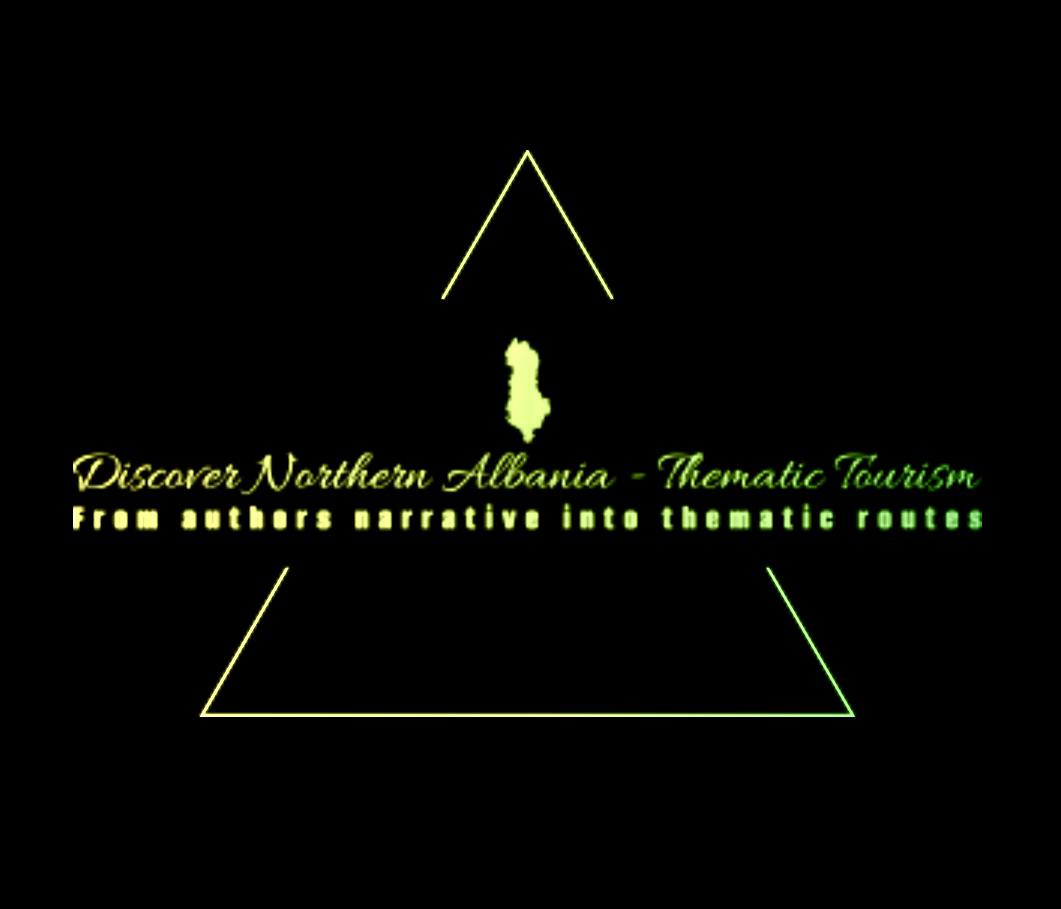Ami Boué (1794-1881), a French physician with a keen interest in exploration, transcended the confines of his medical profession. Following the tradition of the Grand Tour, he embarked on scientific expeditions across Europe, driven by a passion for ethnology and geology. His travels ultimately led him to the Balkans, culminating in three journeys to Albania between 1830 and 1839. He published scientific works based on his travels. One of these works, ‘La Turquie d’Europe’ (European Turkey), was published in 1840 covering a wide range of topics, including geography, geology, natural history, statistics, archaeology, customs, agriculture, industry, commerce, history, and politics. In 1839, Ami Boué published ‘Esquisse géologique de la Turquie d’Europe’ (Geological Description of European Turkey), which focused on the country’s geology and highlighted its underground potential. The author presents geological, ethnographic, and demographic data on the Albanian population within the Ottoman Empire.
Scientific Contributions:
Boué’s scientific endeavors resulted in a series of publications that laid the foundation for further research on the region. His early works, “Essai géologique sur l’Ecosse” (1830) and “Mémoires géologiques et paléontologiques” (1830), provided valuable data on the geology and paleontology of various European regions. Notably, his magnum opus, “La Turquie d’Europe” (1840), offered a comprehensive analysis of Albania, encompassing its geography, geology, natural history, and cultural tapestry. This detailed work documented aspects like customs, agriculture, and commerce, providing insights beyond Boué’s core field of expertise.

Unveiling Beyond Geology:
Boué’s inquisitive nature extended beyond the realm of rocks and minerals. His 1839 publication, “Esquisse géologique de la Turquie d’Europe,” highlighted the untapped geological potential of the region, showcasing its diverse geological formations. However, Boué’s contributions transcended mere observation. He meticulously documented social and political aspects of the region, including detailed registers of customs, traditional practices, and the prevailing political climate.
Journey and Observations:
Prior to venturing into the Albanian territories, Boué carefully planned his expeditions. He navigated a route from Belgrade to the Black Sea, traversing the Balkan Mountains. To avoid potential encounters with plague outbreaks, he opted for a detour from Sofia to Burgas before reaching Istanbul. His return journey included Bulgaria and Macedonia, eventually leading him to the captivating Albanian provinces.
Gjilan served as a gateway to his deeper exploration of the region. From there, Boué traversed the Janeva Valley and Graçanica, continuing to Prishtina and Prizren. Through meticulous observations, he documented the lives of the Albanian population within the Ottoman Empire, offering invaluable data on their demographics, cultural practices, and geological environment.
Beyond Scientific Legacy:
Boué’s influence extends far beyond geological maps and scientific publications. He played a vital role in preserving historical information through his detailed accounts and descriptions. His work serves as a window into the past, offering a glimpse into the lives and landscapes of 19th century Albania, capturing a crucial moment in the region’s history.
Exploring the Footsteps of a Pioneer:
This section focuses on Boué’s exploration of the Albanian Alps, highlighting the rugged terrain and diverse geological formations he encountered. It outlines his journey from Prizren through the Verbnica Valley, Kukës, the Drin Valley, and the Mirdita region. The description then details his descent back to the Drin, his ascent into the Has Mountains, and his eventual arrival in Pristina and Kosovo. Notably, it emphasizes Boué’s venture into the Bjeshkët e Namuna, a notoriously rugged mountain range known for its challenging terrain.
The “Ami Boué Itinerary” : Inspired by Boué’s pioneering spirit, the “Ami Boué Itinerary” invites contemporary travelers to follow in his footsteps through the heart of the Albanian Alps. The journey commences in Peja, offering scenic landscapes of Rozhajë, Plavë, Guci, and the imposing Qafa e Pejës pass. It then delves into the dramatic wilderness of Bjeshkët e Namuna, culminating in the charming village of Theth. Participants will subsequently cross the Qafë Tërthore pass, leading them to the breathtaking glacial valley of Boga.
Highlights of the Trek:
Immerse yourself in the rugged beauty of the Albanian Alps, with the opportunity to climb peaks like Maja e Radohinës (2568m).
Explore glacial-carst pits and steep ridges, remnants of ancient geological processes.
Witness the transition from beech forests at lower altitudes to the imposing rocky landscape above.
Experience the rich cultural heritage and traditions of the Alpine communities.
Develop an appreciation for Boué’s pioneering spirit and dedication to scientific exploration.
Customization: This itinerary can be tailored to individual preferences, offering options for shorter day trips, or extended multi- day adventures. As you embark on this unforgettable journey, remember to respect the fragile environment and local customs while exploring the fascinating legacy left behind by Ami Boué.
